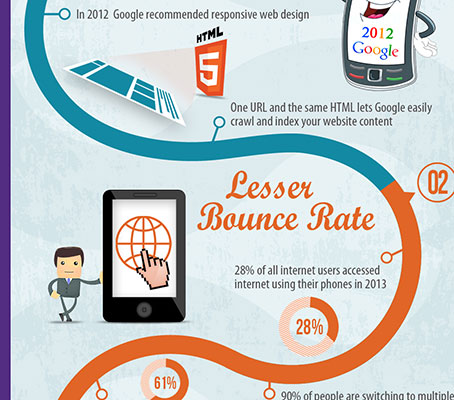Interested In Discovering How Site Style Has Changed Over The Years? Discover The Journey
Interested In Discovering How Site Style Has Changed Over The Years? Discover The Journey
Blog Article
Web Content Composed By-Booker Molina
In the past, sites were easy and focused on details. Navigation was straight, and layout was for desktop computers. Now, individual experience is key. Data guides styles for easy navigating. Responsive layouts fit different gadgets. Today, dark setting decreases pressure, and minimal menus boost navigating. Read More Here engage customers, and vibrant visuals stick out. AI combination enhances involvement. See just how style has actually evolved to improve your on-line journey.
Early Days of Web Design
In the very early days of web design, simplicity preponderated. Websites were fundamental, with limited colors, fonts, and formats. The focus got on supplying details instead of flashy visuals. Individuals accessed the net via slow-moving dial-up links, so speed and capability were vital.
Navigation food selections were straightforward, generally situated on top or side of the web page. Internet sites were made for home computer, as mobile surfing had not been yet widespread. Web content was king, and designers focused on simple readability over intricate layout aspects.
HTML was the key coding language utilized, and developers had to function within its restraints. Animations and interactive features were very little contrasted to today's criteria. Web sites were static, with little dynamic content or customized user experiences.
Rise of User-Focused Design
With the advancement of website style, a shift towards user-focused style principles has actually come to be significantly popular. Today, creating websites that focus on individual experience is important for engaging site visitors and attaining business objectives. User-focused design involves recognizing the requirements, preferences, and actions of your target market to tailor the website's format, web content, and features accordingly.
Developers currently perform comprehensive study, such as customer surveys and functionality testing, to gather understandings and comments straight from customers. This data-driven approach assists in producing intuitive navigating, clear calls-to-action, and visually enticing user interfaces that reverberate with site visitors. By putting the user at the center of the layout procedure, sites can deliver a much more customized and enjoyable experience.
Receptive style has likewise emerged as a crucial element of user-focused style, ensuring that websites are maximized for different devices and screen dimensions. This adaptability boosts ease of access and functionality, satisfying the diverse ways users interact with internet sites today. In essence, the surge of user-focused layout signifies a shift in the direction of producing digital experiences that focus on the demands and assumptions of completion user.
Modern Trends in Website Design
Explore the latest patterns shaping web design today. One prominent fad is dark mode layout, offering a sleek and modern-day look while reducing eye stress in low-light atmospheres. Another vital fad is minimalist navigating, streamlining food selections and improving individual experience by concentrating on essential elements. Incorporating micro-interactions, such as animated switches or scrolling effects, can develop a much more appealing and interactive web site. Receptive layout remains essential, guaranteeing seamless customer experiences throughout different tools. Additionally, using strong typography and asymmetrical layouts can include visual interest and accentuate details web content.
Integrating AI innovation, like chatbots for customer assistance or personalized suggestions, boosts user engagement and simplifies processes. Ease of access has additionally end up being a substantial fad, with developers prioritizing inclusive design practices to satisfy diverse customer needs. Embracing sustainability by maximizing internet site efficiency for rate and efficiency is one more arising trend in website design. Collaborating with user responses and information analytics to repeat and enhance layout continuously is essential for staying appropriate in the ever-evolving digital landscape. By embracing these modern trends, you can create an aesthetically enticing, user-friendly website that resonates with your target market.
Verdict
As you review the development of web site design from the early days to now, you can see how user-focused style has actually come to be the driving pressure behind modern-day trends.
Embrace the journey of adjustment and adjustment in website design, constantly keeping the customer experience at the leading edge.
Tippingpointdigital
Remain existing with the current patterns and technologies, and never quit advancing your method to produce aesthetically magnificent and user-friendly web sites.
Develop, adapt, and create - the future of website design is in your hands.
